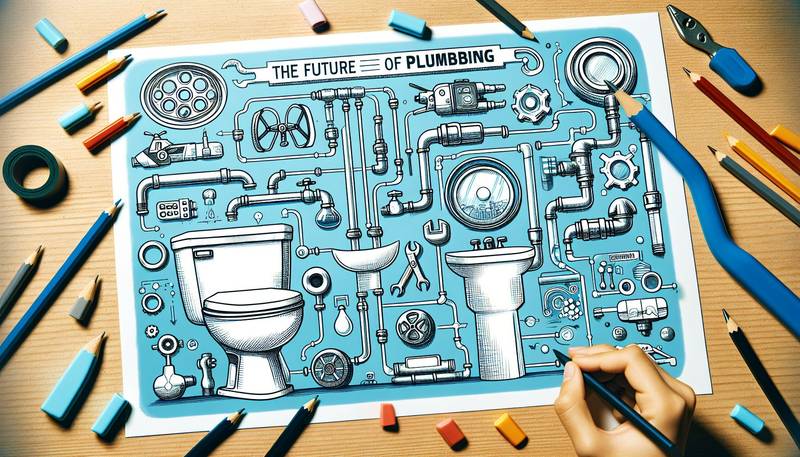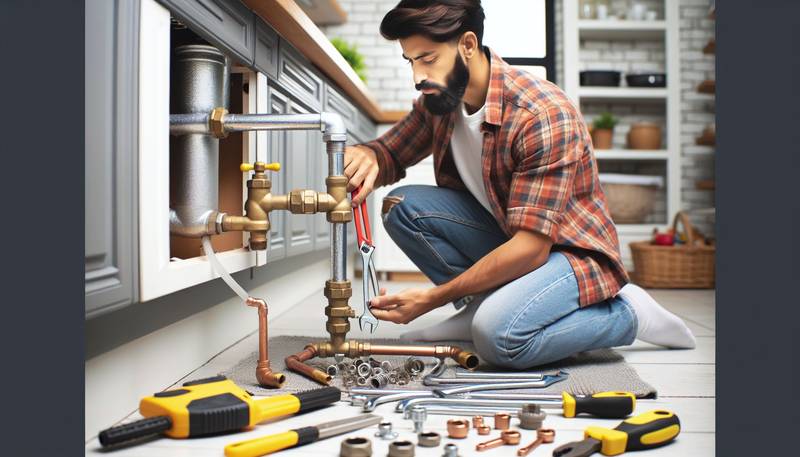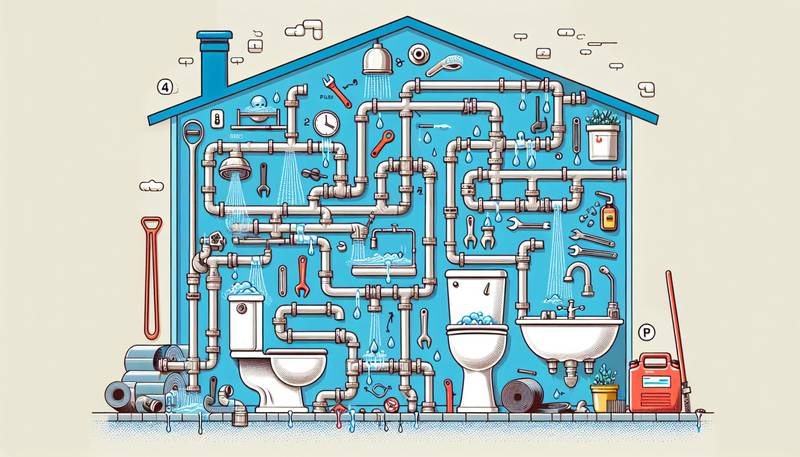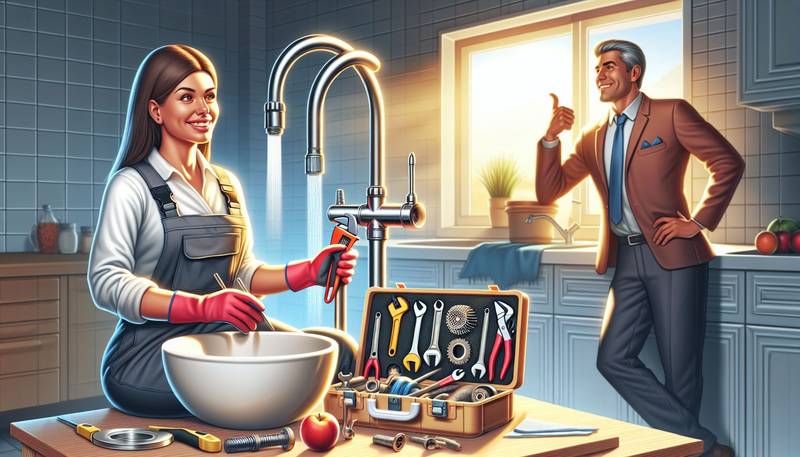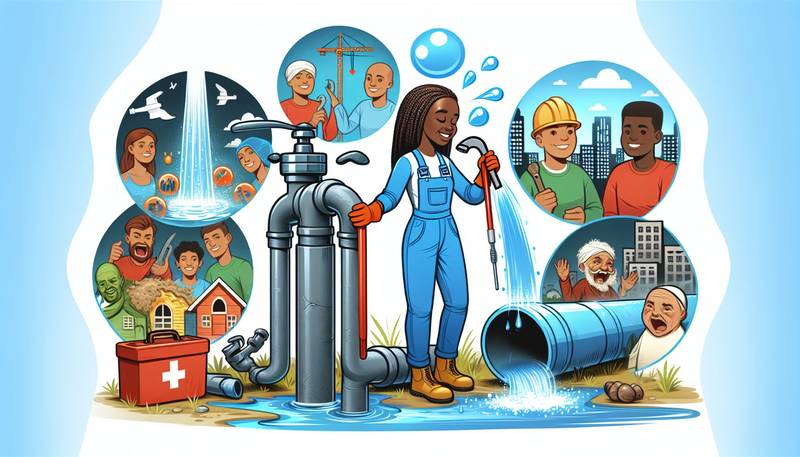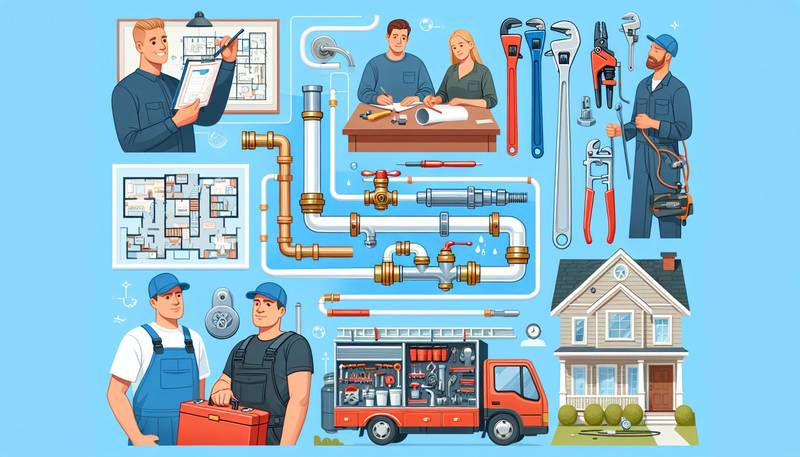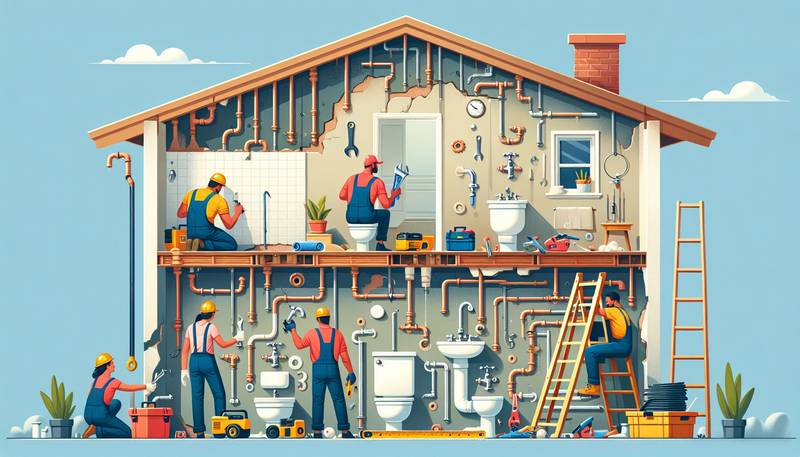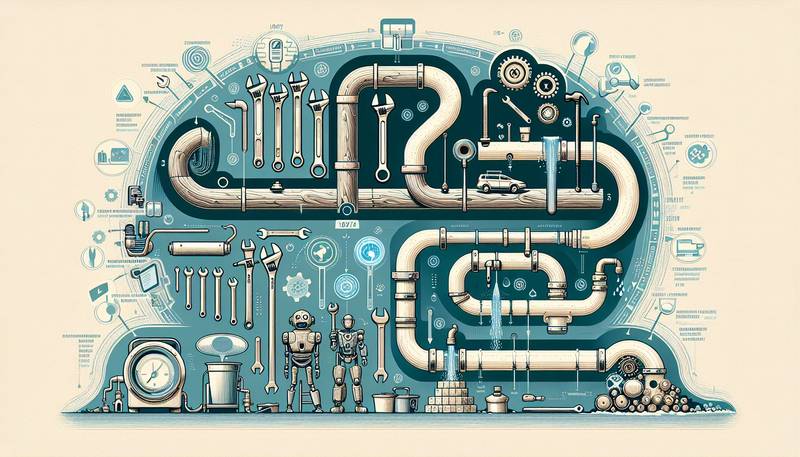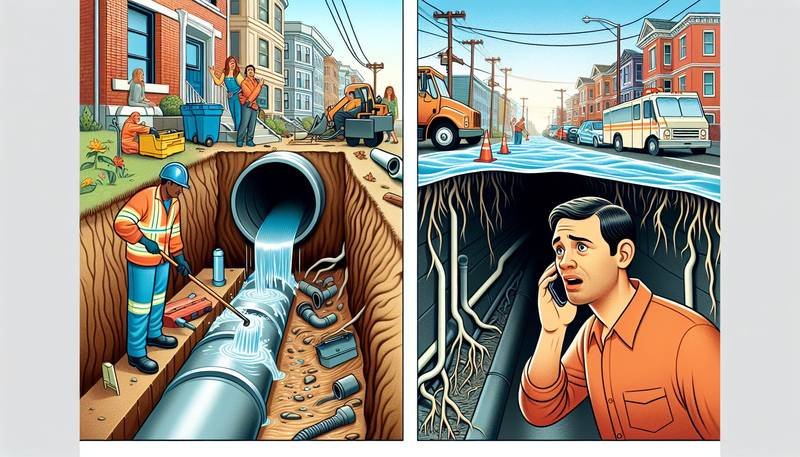The Future of Plumbing: Innovations and Technologies Shaping the Trade
From smart devices to eco-friendly solutions, the plumbing industry is evolving to meet the demands of a modern world.
Smart Plumbing Systems
One of the most significant innovations in plumbing technology is the development of smart plumbing systems. These systems use sensors, data analytics, and automation to monitor water usage, detect leaks, and provide real-time information to homeowners and plumbers. For example, smart water meters can track water usage and identify potential leaks, helping homeowners save money on their water bills and prevent water damage.
Sustainable Plumbing Solutions
With the increasing focus on sustainability and environmental conservation, the plumbing industry is also embracing eco-friendly solutions. Water-saving fixtures, such as low-flow toilets and showerheads, help reduce water consumption and lower utility bills. Additionally, greywater recycling systems can collect and treat wastewater from sinks, showers, and washing machines for non-potable uses like irrigation, flushing toilets, and laundry.
Advances in Pipe Materials
Traditional copper pipes have been a staple in plumbing systems for decades, but new advancements in pipe materials are revolutionizing the industry. PEX (cross-linked polyethylene) piping is growing in popularity due to its flexibility, durability, and resistance to corrosion. PEX piping is easier to install than copper pipes and can be used for both hot and cold water supply lines. Additionally, CPVC (chlorinated polyvinyl chloride) piping is another alternative to copper that is resistant to high temperatures and chemical corrosion.
Water Treatment Technologies
Water quality is a growing concern for many homeowners, with contaminants like lead, chlorine, and bacteria posing health risks. Water treatment technologies, such as whole-house filtration systems and reverse osmosis systems, can improve the quality of drinking water by removing impurities and contaminants. These systems are becoming more affordable and accessible to homeowners looking to ensure the safety and purity of their water supply.
3D Printing in Plumbing
3D printing technology is making its mark on the plumbing industry, allowing for the rapid prototyping of custom parts and components. Plumbers can design and create 3D-printed fixtures, fittings, and tools tailored to specific job requirements, saving time and costs on traditional manufacturing processes. Additionally, 3D printing can be used to create complex pipe systems and intricate designs that would be difficult or impossible to achieve with conventional methods.
Conclusion
As the plumbing industry continues to evolve with technological advancements and innovative solutions, the future of plumbing looks promising. Smart plumbing systems, sustainable practices, advances in pipe materials, water treatment technologies, and 3D printing are just a few examples of how the trade is adapting to meet the needs of a changing world. By staying ahead of the curve and embracing new technologies, plumbers and homeowners alike can benefit from a more efficient, cost-effective, and environmentally friendly plumbing system.
